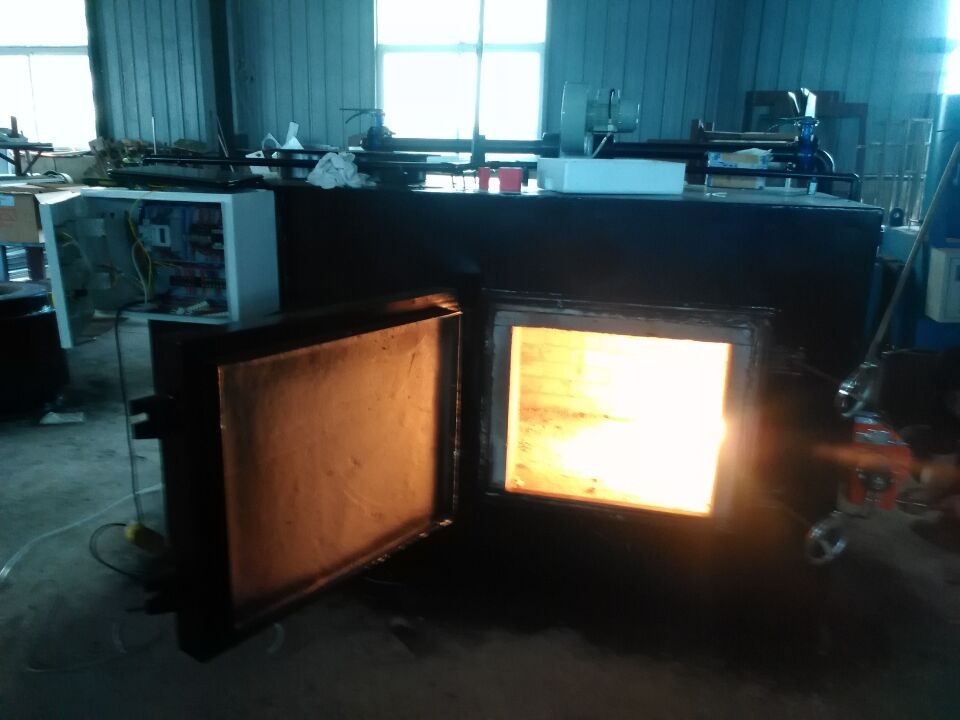Incineration is a common method for the safe and effective disposal of waste materials, including hazardous and medical waste. To ensure that the process is carried out efficiently and safely, it is important for organizations to develop and implement Standard Operating Procedures (SOPs) for incineration. These SOPs outline the specific steps and protocols that should be followed during the incineration process in order to minimize risks and ensure compliance with regulations.
When developing and implementing incineration SOPs, there are several key considerations that should be taken into account. These considerations will help to ensure that the SOPs are comprehensive, practical, and effective in guiding employees through the incineration process.
1. Compliance with regulations: It is essential to ensure that the incineration SOPs comply with all relevant environmental and safety regulations at the local, state, and federal levels. This includes regulations related to air emissions, waste management, and occupational health and safety. By staying in compliance with these regulations, organizations can avoid potential fines and legal issues.
2. Equipment and technology: The SOPs should clearly outline the specific equipment and technology that will be used for the incineration process. This includes the type of incinerator, any associated pollution control devices, and any monitoring equipment. Proper maintenance and calibration of these systems should also be addressed in the SOPs.
3. Waste characterization and segregation: Before waste materials are sent to the incinerator, they must be properly characterized and segregated to ensure that they are suitable for incineration. The SOPs should provide guidelines for identifying and segregating different types of waste, including hazardous materials, infectious waste, and general waste.
4. Handling and storage: The SOPs should detail the proper handling and storage procedures for waste materials leading up to their incineration. This includes protocols for transporting waste to the incinerator, as well as storing waste on-site in compliance with safety and environmental regulations.
5. Operating procedures: The SOPs should provide clear and step-by-step operating procedures for the incineration process, including startup, operation, and shutdown protocols. This should include instructions for monitoring and controlling the incineration process to ensure that it is carried out safely and efficiently.
6. Emergency procedures: In the event of an emergency during the incineration process, employees need to know how to respond quickly and effectively. The SOPs should outline emergency procedures, including evacuation protocols, communication plans, and emergency response contacts.
7. Training and documentation: Adequate training should be provided to all employees involved in the incineration process, and the SOPs should be documented and readily accessible to employees. Regular audits and reviews of the SOPs should also be conducted to ensure that they remain up-to-date and reflective of current best practices.
In conclusion, developing and implementing incineration SOPs is crucial for ensuring that the incineration process is carried out safely, efficiently, and in compliance with regulations. By considering these key factors, organizations can create comprehensive and effective SOPs that guide employees through the incineration process and minimize risks associated with waste disposal.



